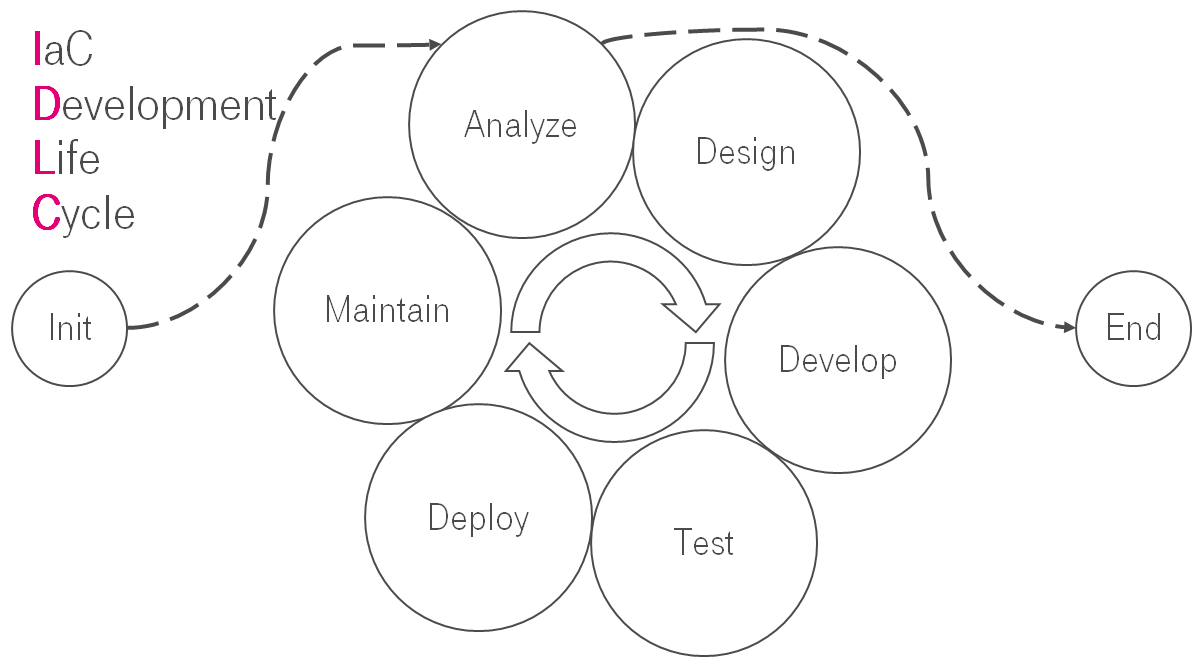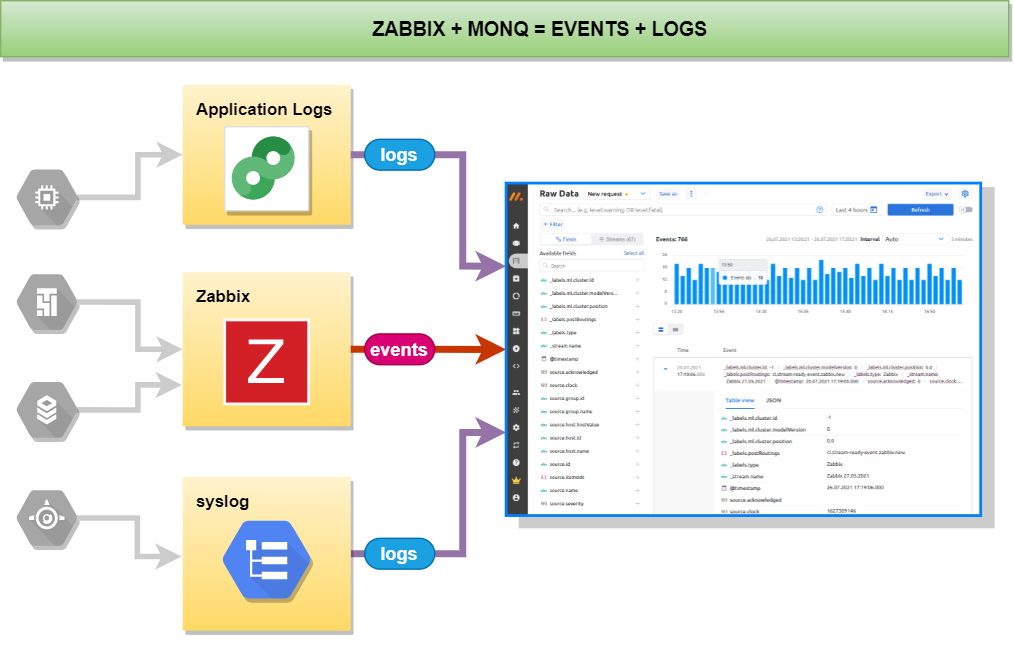Understanding the Differences Between Kafka and RabbitMQ: in Simple Terms

Software message brokers became the standard for creating complex systems. However not all IT specialists understand how these instruments work. Pavel Malygin, Lead System Analyst at Innotech, dives into the topic of message brokers and explains how they are used.
















